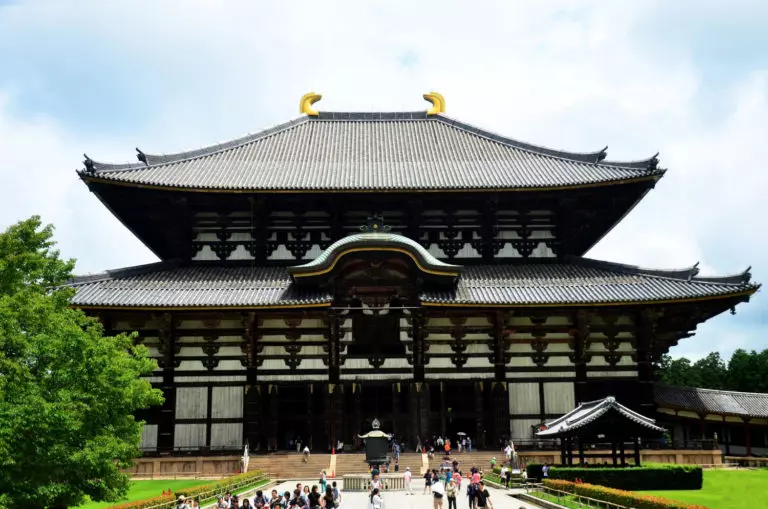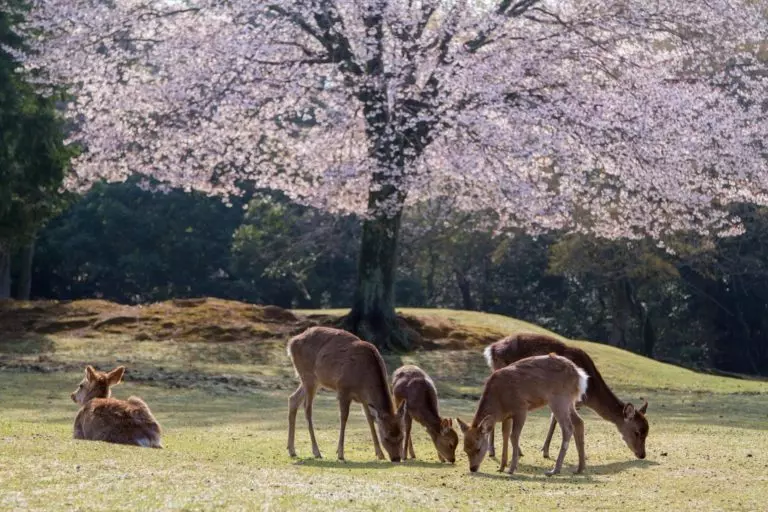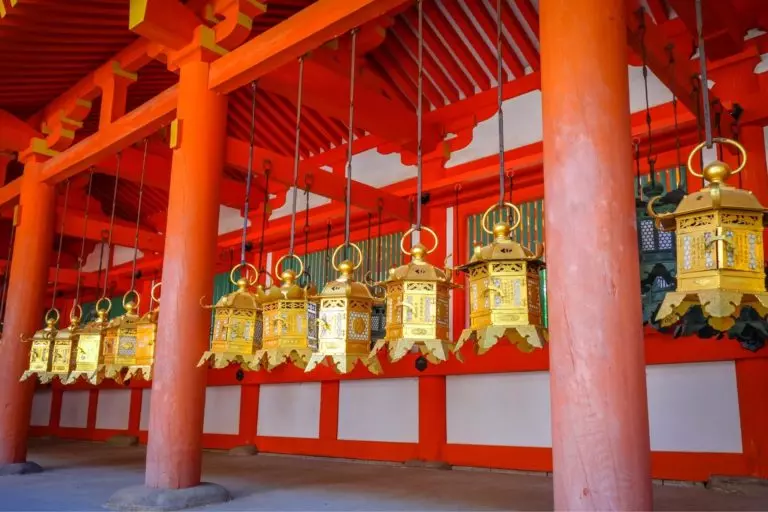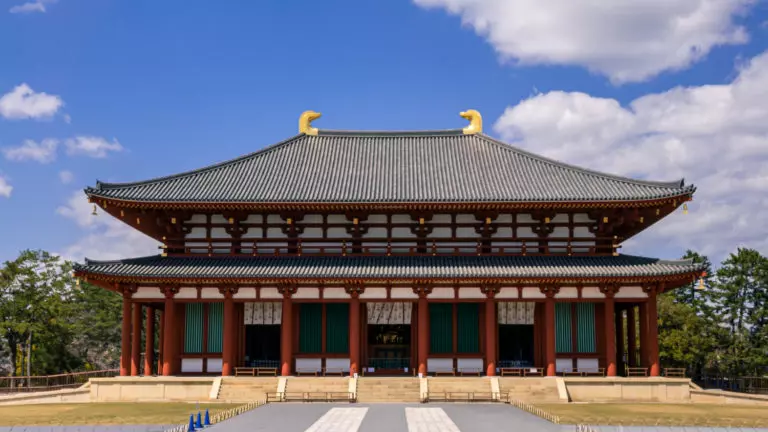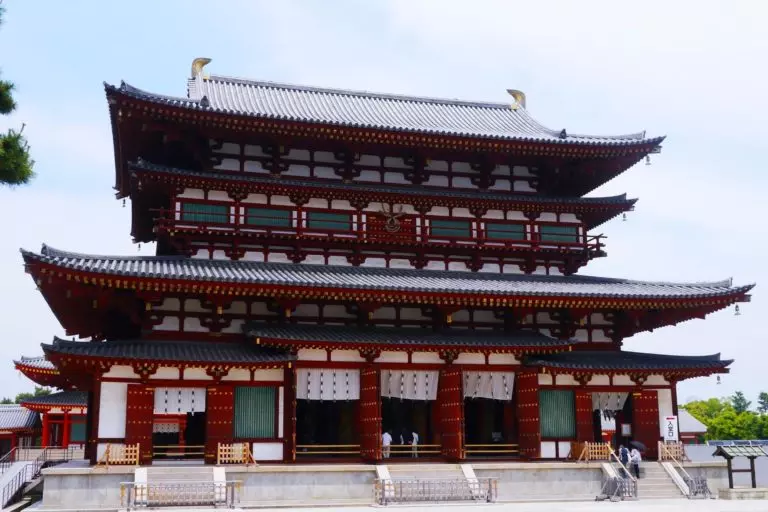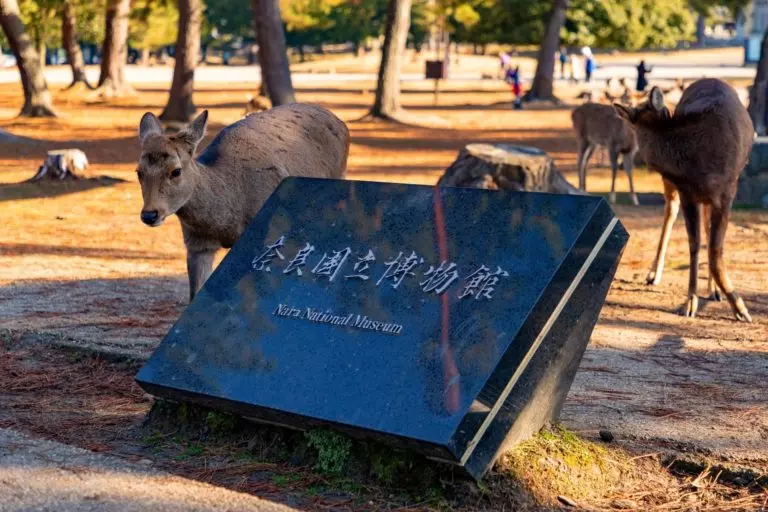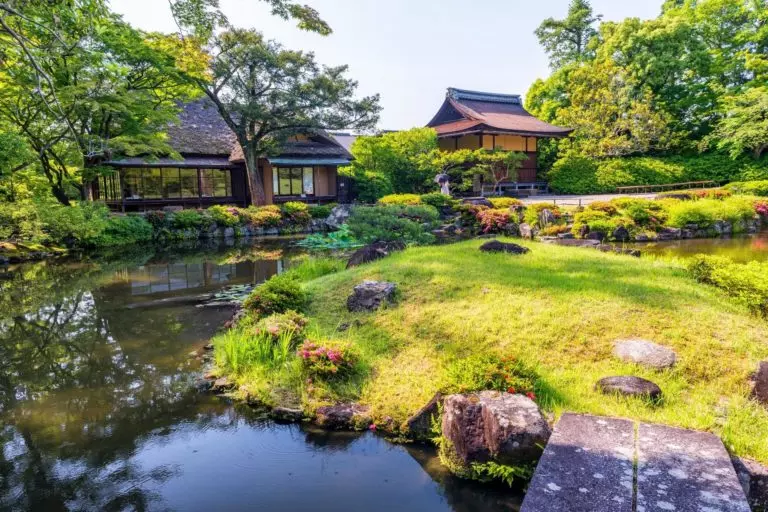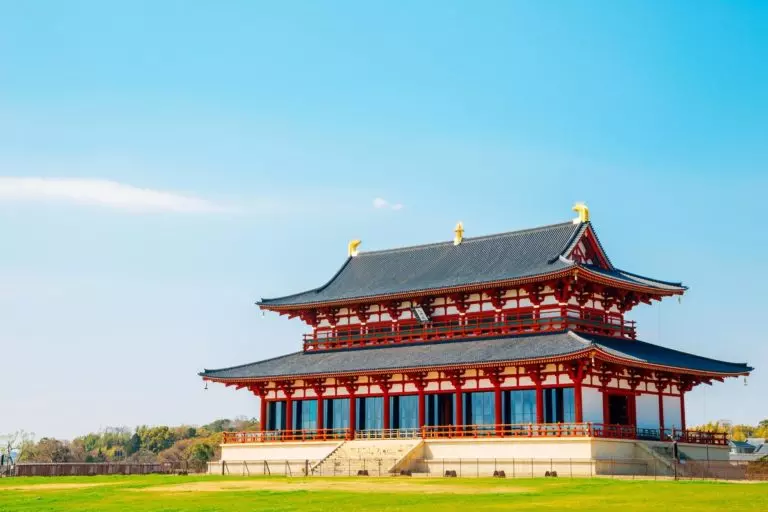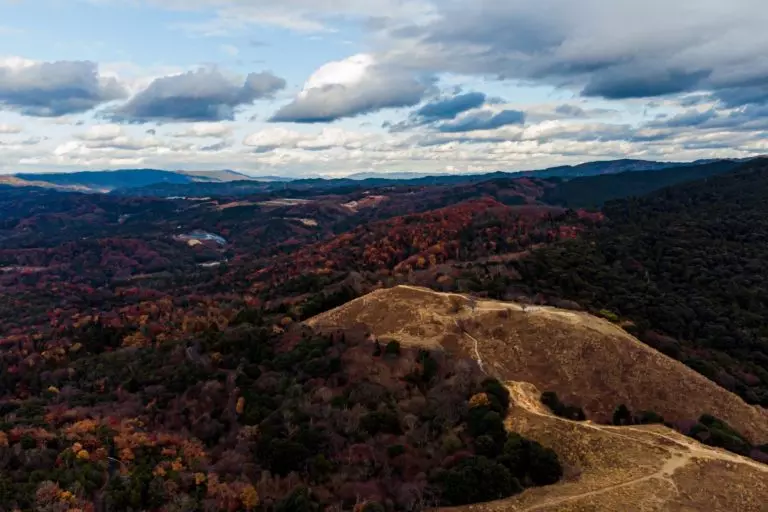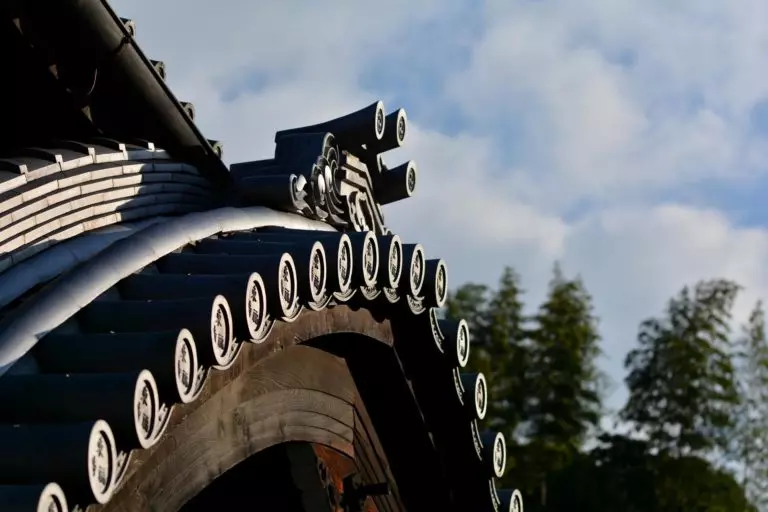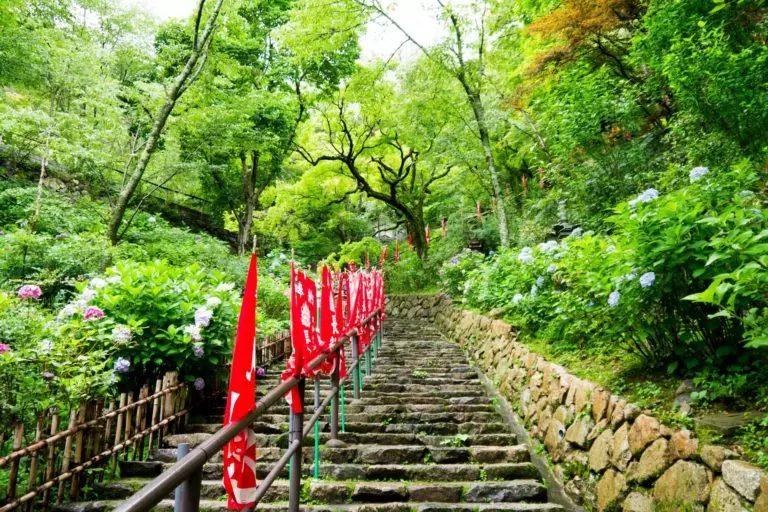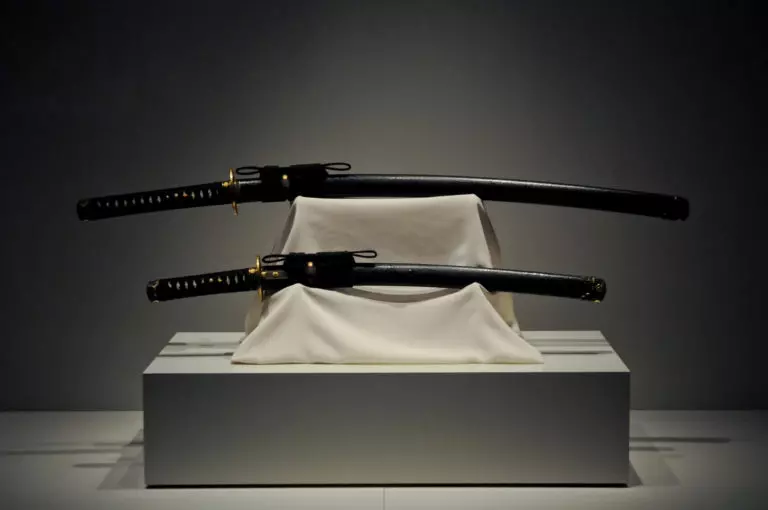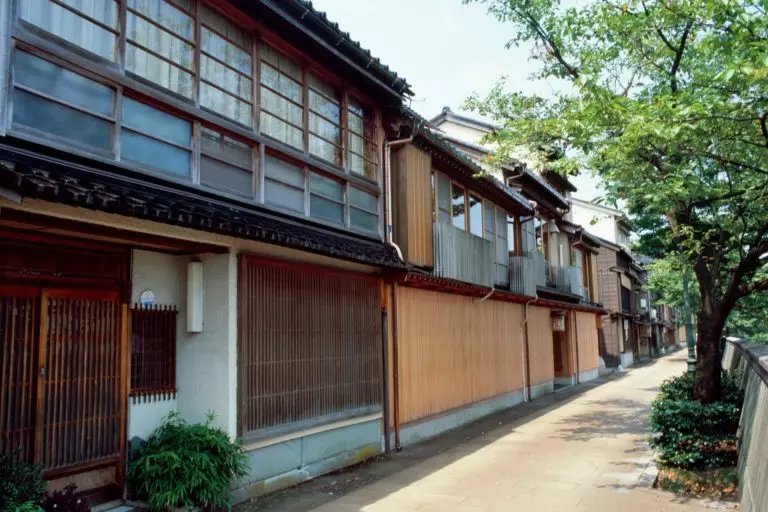info@getjrpass.com
+46 839 91 32 P–P 11:00–15:00 GMT+1
Įgaliotas kelionių agentas
- Pagrindinis
- Japan Rail PassKas yra Japan Rail Pass?
Šios Japan Rail Pass yra traukinio bilietas, leidžiantis laisvai judėti Shinkansen greitaisiais traukiniais, reguliariais traukiniais, autobusais, kai kuriais laivais ir metro JR linijomis visoje Japonijoje.
Getjrpass yra oficialus partneris ir pardavėjas. Jūsų užsakymą išsiųsime per vieną darbo dieną su UPS Express.
- Kelionių gidasKelionių vadovai ir patarimai
Naršykite Japoniją kaip vietinis su mūsų privalomu kelionių vadovu. Jame gausu patarimų ir rekomendacijų – nuo transportavimo ir apgyvendinimo iki vietinės virtuvės ir papročių. Su nuostabiomis nuotraukomis ir patraukliu raštu tai puikus jūsų kelionės į Japoniją palydovas. Nepraleiskite progos!
- Skrydžiai
- forumas
- naudingasJapan Rail Pass
-
NuolaidosNuolaidos
-
Tinka JR PassTinka JR Pass
-
Kas yra Green passKas yra Green pass
-
Naudinga informacijaNaudinga informacija
-
Kaip užsisakyti JR PassKaip užsisakyti JR Pass
-
Kontrolinis sąrašas prieš JaponijąKontrolinis sąrašas prieš Japoniją
JR Pass informacija-
Užsakyti standard JR leidimasUžsakyti standard JR leidimas
-
Užsakyti green JR leidimasUžsakyti green JR leidimas
-
Užsisakykite regioninį leidimąUžsisakykite regioninį leidimą
-
Palyginkite leidimų tipusPalyginkite leidimų tipus
-
Internetas JaponijojeInternetas Japonijoje
-
Nozomi & Mizuho bilietasNozomi & Mizuho bilietas
Naudingos nuorodos-
BlogasBlogas
-
DUKDUK
-
Naudingos priemonėsNaudingos priemonės
-
Traukinių tipaiTraukinių tipai
-
Kelionių maršrutaiKelionių maršrutai
-
Traukinių ir metro žemėlapiaiTraukinių ir metro žemėlapiai
-
- Apie musNaudingos nuorodos
-
Apie musApie mus
-
Susisiekite su mumisSusisiekite su mumis
-
Privatumo politikaPrivatumo politika
-
Grąžinti ir grąžinti pinigusGrąžinti ir grąžinti pinigus
-
Gera žinotiGera žinoti
-
Prekės ženklo ambasadoriusPrekės ženklo ambasadorius
-
- Gaukite pagalbosSusisiekite su mumis
Jei turite klausimų, komentarų ar rūpesčių, nedvejodami susisiekite su mumis naudodami kontaktinę formą arba el.
Palaikymo forumasReikia pagalbos Japan Rail Pass ar mūsų paslauga? Apsilankykite mūsų palaikymo forume, kad gautumėte pagalbos iš mūsų išmanančios bendruomenės ir palaikymo komandos.
Apie musSužinokite apie mūsų įmonę ir jos darbuotojus apsilankę puslapyje „Apie mus“. Susipažink su komanda!
Gaukite daugiau pagalbos-
Grąžinimas ir pinigų grąžinimasGrąžinimas ir pinigų grąžinimas
-
Privatumo politikaPrivatumo politika
-
Japonijos pilietisJaponijos pilietis
-
Tinkami vartotojaiTinkami vartotojai
-
- Pagrindinis
- Japan Rail PassKas yra Japan Rail Pass?
Šios Japan Rail Pass yra traukinio bilietas, leidžiantis laisvai judėti Shinkansen greitaisiais traukiniais, reguliariais traukiniais, autobusais, kai kuriais laivais ir metro JR linijomis visoje Japonijoje.
Getjrpass yra oficialus partneris ir pardavėjas. Jūsų užsakymą išsiųsime per vieną darbo dieną su UPS Express.
- Kelionių gidasKelionių vadovai ir patarimai
Naršykite Japoniją kaip vietinis su mūsų privalomu kelionių vadovu. Jame gausu patarimų ir rekomendacijų – nuo transportavimo ir apgyvendinimo iki vietinės virtuvės ir papročių. Su nuostabiomis nuotraukomis ir patraukliu raštu tai puikus jūsų kelionės į Japoniją palydovas. Nepraleiskite progos!
- Skrydžiai
- forumas
- naudingasJapan Rail Pass
-
NuolaidosNuolaidos
-
Tinka JR PassTinka JR Pass
-
Kas yra Green passKas yra Green pass
-
Naudinga informacijaNaudinga informacija
-
Kaip užsisakyti JR PassKaip užsisakyti JR Pass
-
Kontrolinis sąrašas prieš JaponijąKontrolinis sąrašas prieš Japoniją
JR Pass informacija-
Užsakyti standard JR leidimasUžsakyti standard JR leidimas
-
Užsakyti green JR leidimasUžsakyti green JR leidimas
-
Užsisakykite regioninį leidimąUžsisakykite regioninį leidimą
-
Palyginkite leidimų tipusPalyginkite leidimų tipus
-
Internetas JaponijojeInternetas Japonijoje
-
Nozomi & Mizuho bilietasNozomi & Mizuho bilietas
Naudingos nuorodos-
BlogasBlogas
-
DUKDUK
-
Naudingos priemonėsNaudingos priemonės
-
Traukinių tipaiTraukinių tipai
-
Kelionių maršrutaiKelionių maršrutai
-
Traukinių ir metro žemėlapiaiTraukinių ir metro žemėlapiai
-
- Apie musNaudingos nuorodos
-
Apie musApie mus
-
Susisiekite su mumisSusisiekite su mumis
-
Privatumo politikaPrivatumo politika
-
Grąžinti ir grąžinti pinigusGrąžinti ir grąžinti pinigus
-
Gera žinotiGera žinoti
-
Prekės ženklo ambasadoriusPrekės ženklo ambasadorius
-
- Gaukite pagalbosSusisiekite su mumis
Jei turite klausimų, komentarų ar rūpesčių, nedvejodami susisiekite su mumis naudodami kontaktinę formą arba el.
Palaikymo forumasReikia pagalbos Japan Rail Pass ar mūsų paslauga? Apsilankykite mūsų palaikymo forume, kad gautumėte pagalbos iš mūsų išmanančios bendruomenės ir palaikymo komandos.
Apie musSužinokite apie mūsų įmonę ir jos darbuotojus apsilankę puslapyje „Apie mus“. Susipažink su komanda!
Gaukite daugiau pagalbos-
Grąžinimas ir pinigų grąžinimasGrąžinimas ir pinigų grąžinimas
-
Privatumo politikaPrivatumo politika
-
Japonijos pilietisJaponijos pilietis
-
Tinkami vartotojaiTinkami vartotojai
-






















